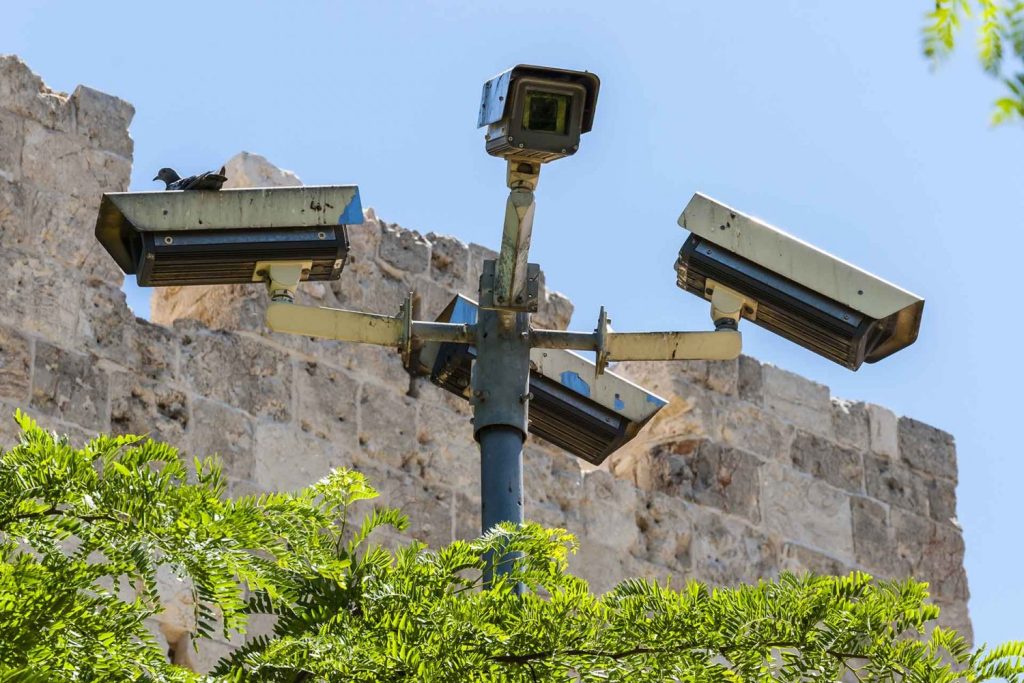You know, I’ve always been fascinated by how countries like Israel, this tiny powerhouse in a tough neighborhood, turn to cutting-edge tech to stay ahead. It’s not just about innovation for its own sake; it’s survival, really. I remember reading about their startup scene years ago, thinking, “These folks are building the future while dodging rockets.” But digging deeper now, especially with all the recent buzz around AI, it hits me how profoundly it’s integrated into running the place—from military decisions that shape daily life to broader surveillance that keeps the borders tight. It’s a bit unsettling, honestly, like watching a sci-fi movie unfold in real time, but the evidence is stacking up from reports and insider accounts.
Start with the military side, since that’s where Israel’s AI use screams the loudest and arguably runs the core of national operations in a conflict zone. Back in the Gaza operations, the Israeli Defense Forces rolled out something called Lavender, an AI system that’s basically a digital hunter for targets.
According to intelligence sources who spoke to The Guardian, this tool sifted through massive data piles—think phone records, social media, and surveillance feeds—to flag up to 37,000 potential Hamas operatives as bombing targets in the early weeks of the war. One source put it bluntly: “The machine did it coldly.”
They explained how Lavender scored people on a scale from 1 to 100 based on how closely they matched known militant patterns, and for low-ranking folks, the system often got the green light with barely a human glance. It’s chilling because it allowed for “collateral damage” ratios that sometimes hit 15-20 civilians per target, especially at home addresses.
This isn’t some fringe experiment; it’s how Israel accelerated its response, turning what used to be painstaking intel work into something almost automated.
And it’s not just Lavender.
There’s another system, Habsora or “The Gospel,” which crunches data to pinpoint buildings and structures for strikes. NPR reported that the IDF uses AI to select targets in real time, pulling from vast troves of intelligence like drone footage and intercepted calls. Experts like Paul Scharre from the Center for a New American Security say this is just the beginning: “AI is going to change warfare in profound ways.” In Gaza, it’s already doing that, helping the military process information at speeds humans can’t match, which essentially runs the operational side of the country’s defense strategy.
But here’s where it gets messy—reports from Human Rights Watch highlight how these digital tools blur lines, using facial recognition and predictive algorithms to decide strikes, sometimes with errors that cost innocent lives. It’s like handing over life-and-death calls to a computer, and while it keeps soldiers safer, you have to wonder about the soul of it all.
This AI muscle doesn’t stop at the battlefield; it seeps into everyday governance through surveillance that helps “run” the occupied territories, which are integral to Israel’s security posture. Carnegie Endowment pieces point out how Israel deploys AI for things like automated checkpoints and facial recognition in the West Bank, essentially using tech to maintain control. It’s not abstract; it’s cameras and algorithms deciding who moves freely and who doesn’t.

Then there’s the bombshell from The Guardian about a secret Israeli spy project that tried to use Microsoft’s AI for mass facial recognition on Palestinians—until Microsoft shut it down in 2025. The company’s move came after revelations that Unit 8200, Israel’s elite cyber outfit, was leveraging Azure cloud services to track people en masse. A source familiar with the matter told the paper, “This was about building a comprehensive database for surveillance,” raising red flags on privacy and ethics.
Of course, none of this happens in a vacuum. US tech giants are deeply involved, supplying the AI backbone that lets Israel push these boundaries. An Associated Press investigation revealed how companies like Google and Amazon provide cloud services that power Israel’s military AI, even as concerns mount about their use in Gaza and Lebanon.
ABC News dug into how American firms quietly handed over AI models that help sift through communications and spot “suspicious” patterns. One expert quoted there, Marietje Schaake from Stanford, warned: “These technologies are enabling a new scale of targeting.”
It’s a partnership that’s fueled Israel’s edge, but it’s also sparked backlash, with Al Jazeera opinion pieces calling it an extension of US imperial support for what they term “AI-powered apartheid.” And in a New York Times deep dive, they detailed how Israel’s homegrown AI experiments during the war sometimes led to fatal mistakes, like misidentifying civilians.
It’s innovative, sure, but at what cost?
Zooming out, this all ties into how AI is becoming the invisible hand guiding Israel’s policies and priorities. In a place where security dictates everything from budgets to daily commutes, these tools aren’t add-ons; they’re the engine. Reports from think tanks like SETA describe Gaza as a “testing ground” for Israel’s AI warfare, where algorithms lead the charge in ways that could reshape global conflicts. It’s efficient, yeah, but it raises big questions about accountability—who do you blame when the machine errs? I mean, maybe it’s just me, but handing over that much power to code feels like a slippery slope.
Look, if you’re reading this and feeling a mix of awe and unease, you’re not alone. The evidence shows Israel’s AI integration is real and ramping up, driven by necessity in a volatile region. But perhaps the actionable takeaway here is to stay informed and push for transparency. Next time you hear about AI in governance, dig into the sources yourself—because understanding this stuff isn’t just smart; it’s how we keep tech serving us, not the other way around.









